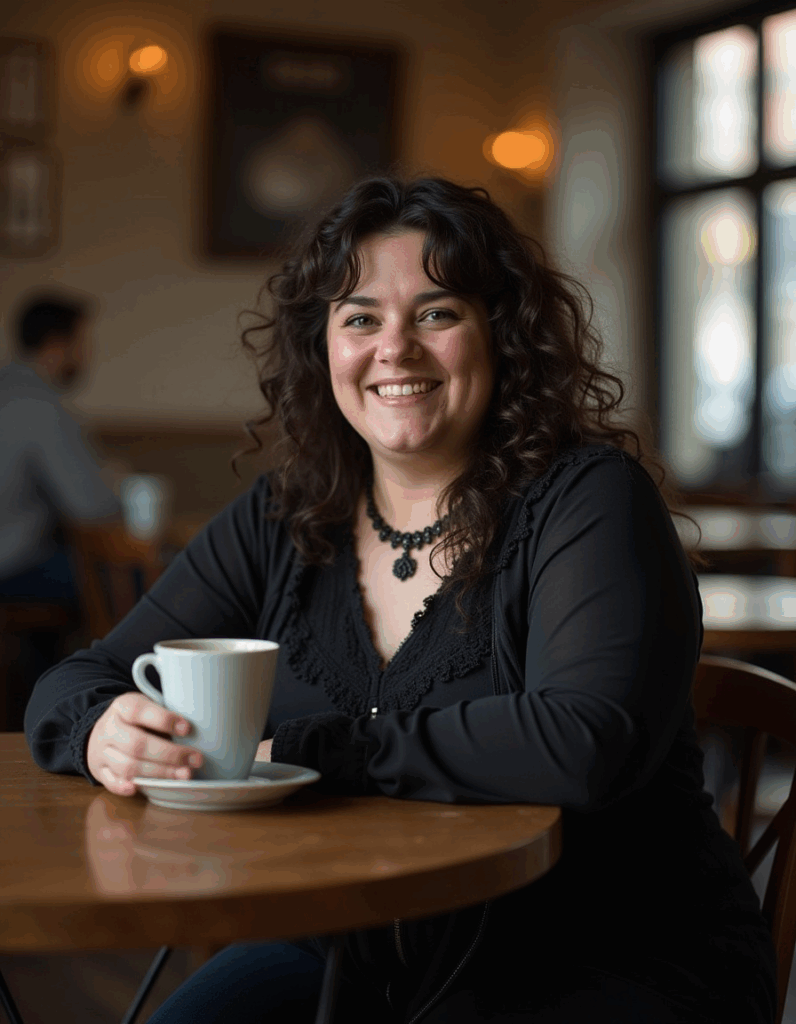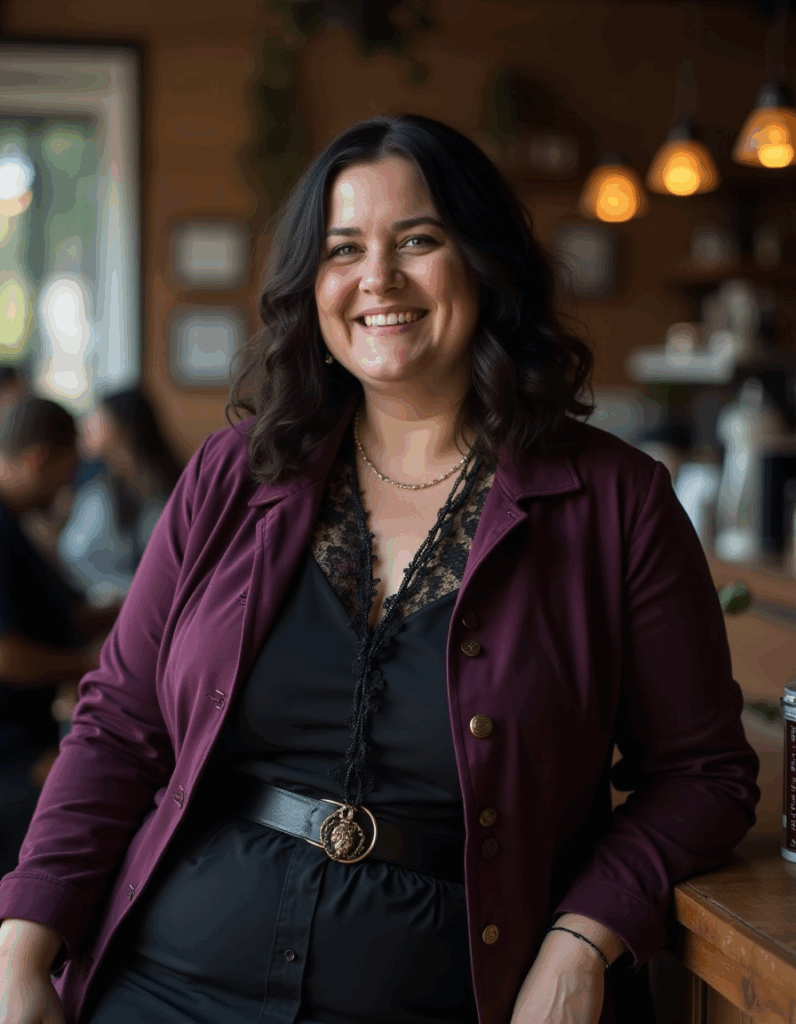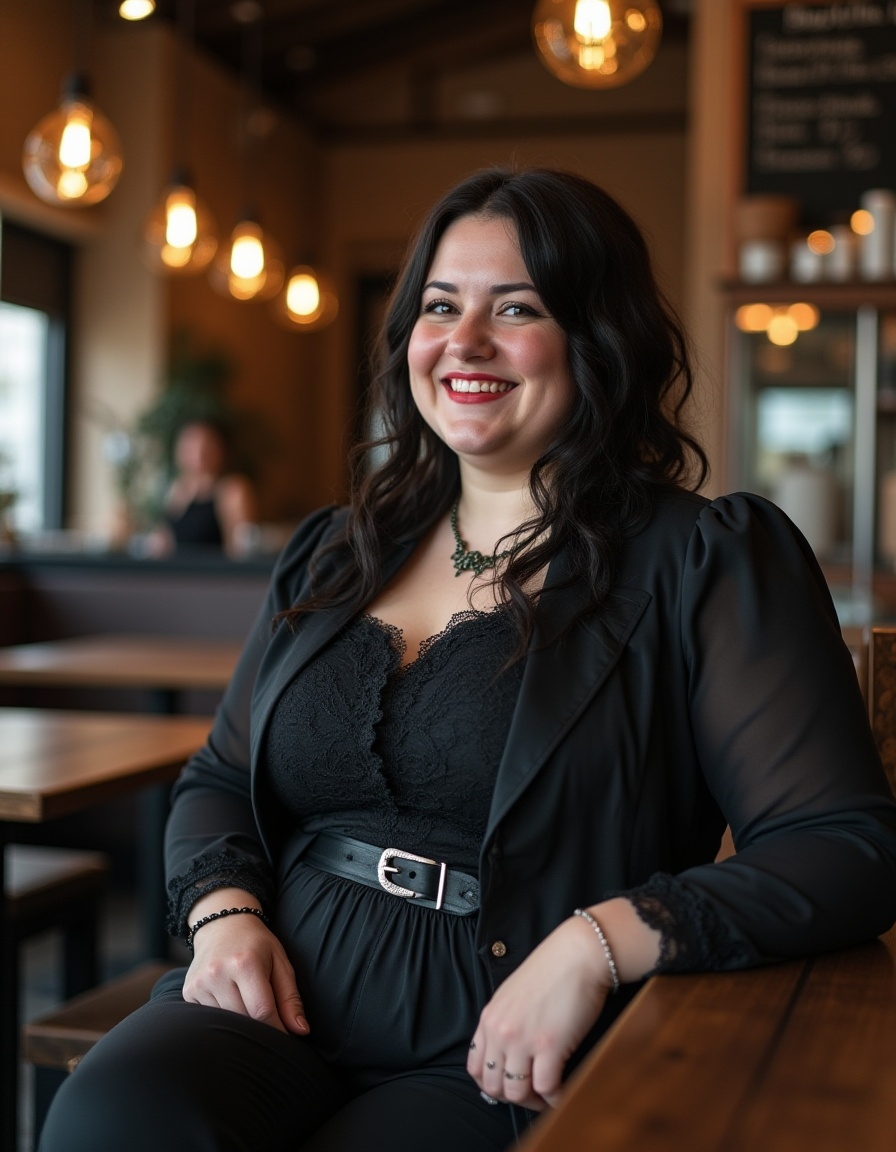Fashion has always been one of the most immediate ways to embody an aesthetic. A room may set a mood, but clothing allows us to carry that mood with us, to wrap ourselves in textures and silhouettes that signal identity. Gothic fashion, in particular, thrives on this principle. It transforms fabric into architecture, texture into emotion, and silhouette into a statement.
From the Victorians to today’s Gothic subcultures, clothing has been a means of conveying mystery, elegance, and ritual. Lace, velvet, corsets, and layered fabrics are not just garments; they are aesthetic choices that convey a mood: shadowed yet refined, dramatic yet intimate.
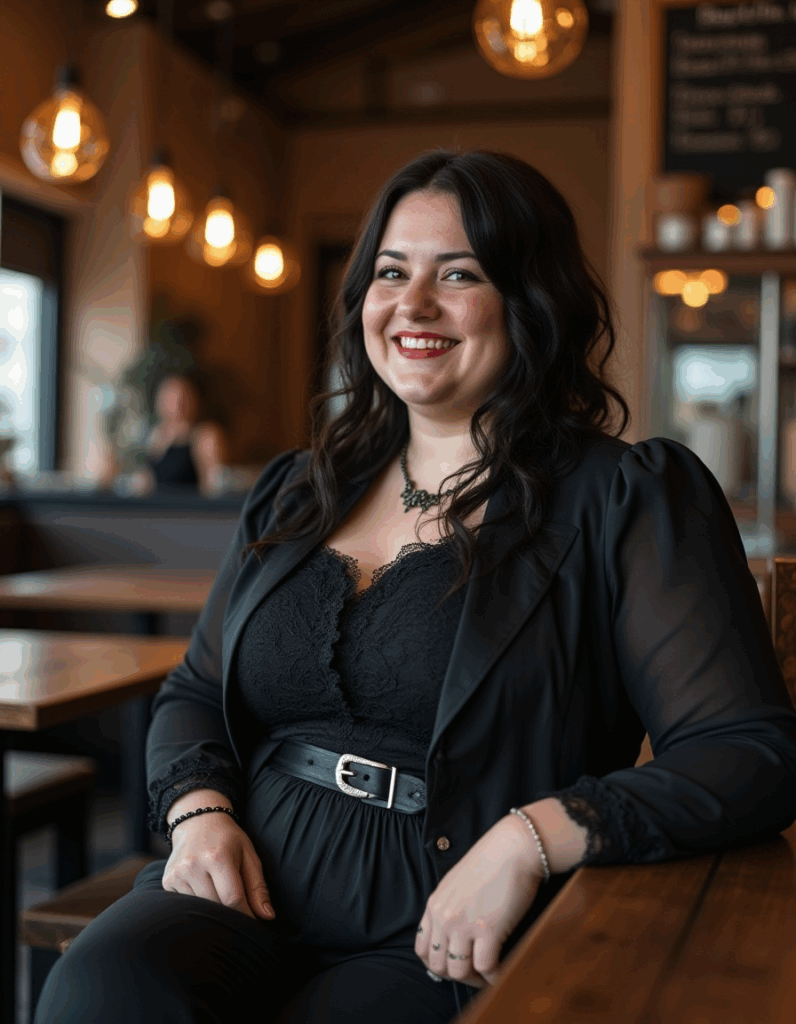

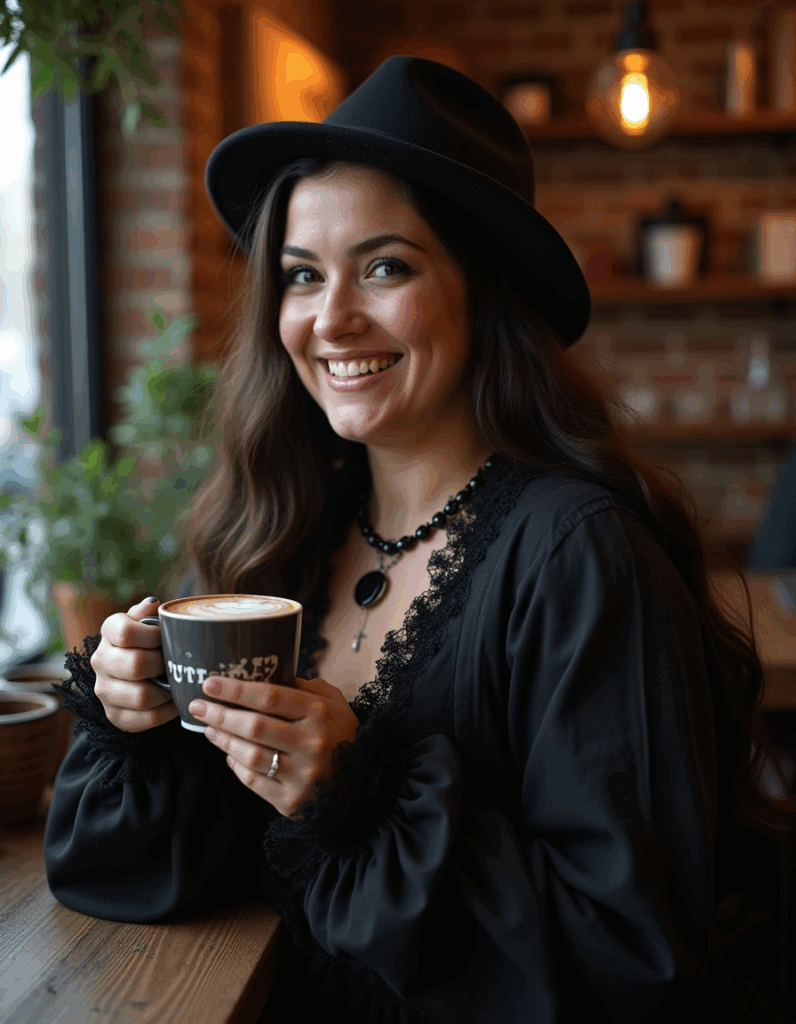

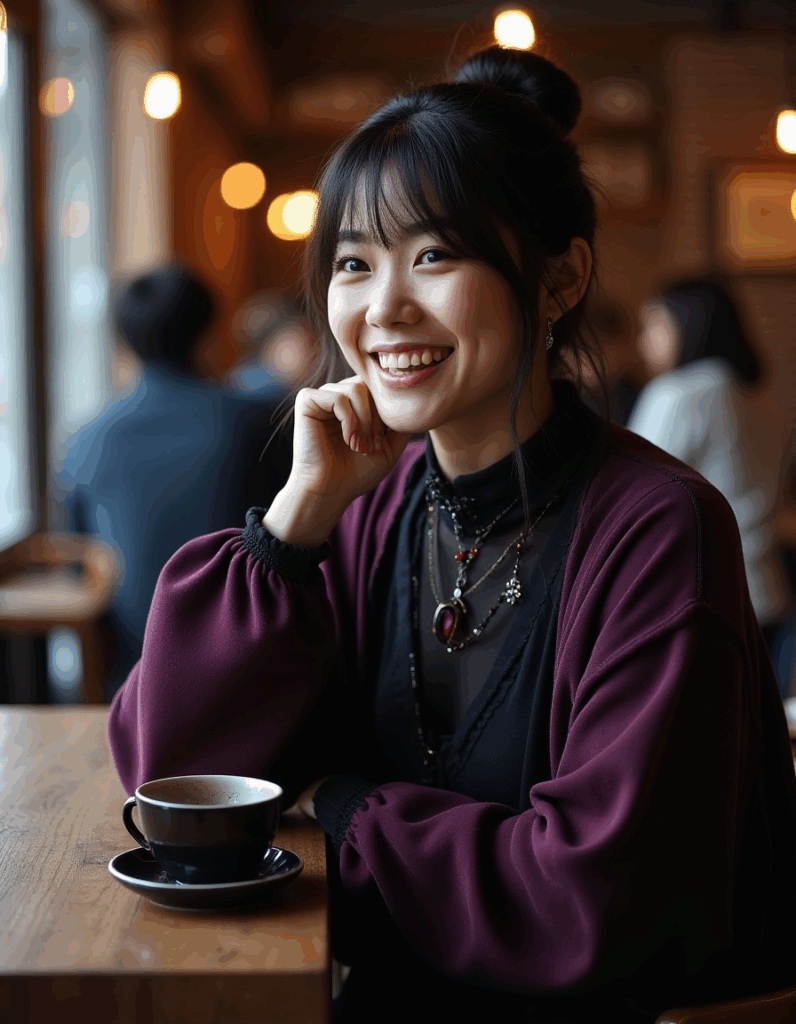

Lace — The Language of Intricacy
Lace is one of the most quintessential Gothic fabrics. Delicate and ornate, it strikes a balance between transparency and concealment. In Victorian fashion, lace adorned collars, cuffs, shawls, and veils. It was often white or cream, but when rendered in black, it became one of the most enduring symbols of Gothic elegance.
Lace suggests refinement, but also mystery. It covers without fully concealing, softening light and shadow as curtains soften a room. Today, Gothic fashion continues to incorporate lace into blouses, gloves, tights, and shawls. A black lace overlay on a dress is not only decorative—it is a vibe, turning clothing into architecture for the body.


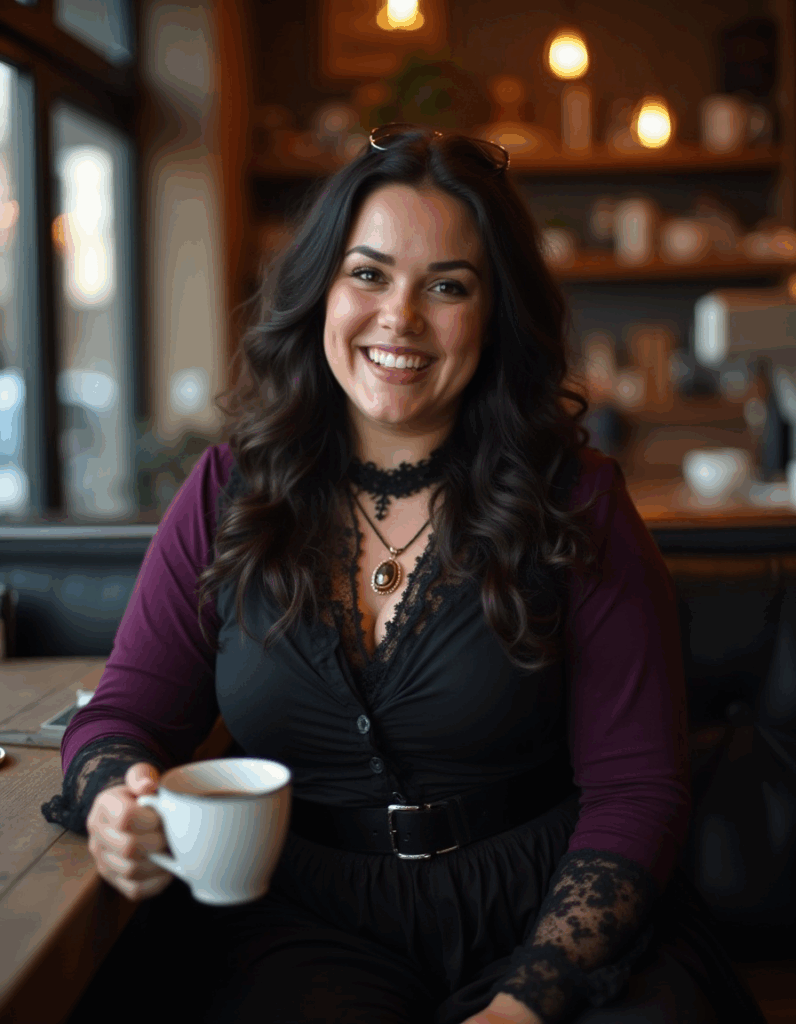



Velvet — The Fabric of Shadow
Velvet is a texture that makes a mood. Heavy, soft, and light-absorbing, it has long been associated with wealth, power, and ritual. In the gothic imagination, velvet belongs to candlelit rooms, dark parlours, and velvet-draped stages.
Victorian gowns often featured velvet for their bodices or outer layers, creating a visual depth. Today, velvet remains a gothic staple: dresses in jewel tones, jackets trimmed with lace, chokers framed with velvet bands. The fabric suggests coziness while maintaining drama—perfectly aligned with the gothic emphasis on aesthetic.
What makes velvet so enduring is its tactile quality. To wear velvet is to feel the whole vibe against your skin. It is not only visual but physical, a reminder that gothic aesthetics are meant to be inhabited.

Corsets and Silhouettes
Corsets, though historically complex, have become icons of gothic fashion. In the Victorian era, they shaped the body into a narrow waist and a structured form, aligning with the architectural clothing styles of the time. Today, they are less about constraint and more about statement.
Modern gothic fashion often reclaims the corset as a symbol of power. Worn over dresses, paired with skirts, or integrated into outerwear, corsets emphasize structure, drama, and elegance. They create an unmistakably gothic silhouette: hourglass shapes framed by lace and velvet, often with high collars or trailing skirts.
Even when not literal corsets, Gothic clothing tends to emphasize structured silhouettes, featuring dramatic sleeves, fitted bodices, and flowing skirts. These designs echo Gothic architecture in their balance of strength and ornament.
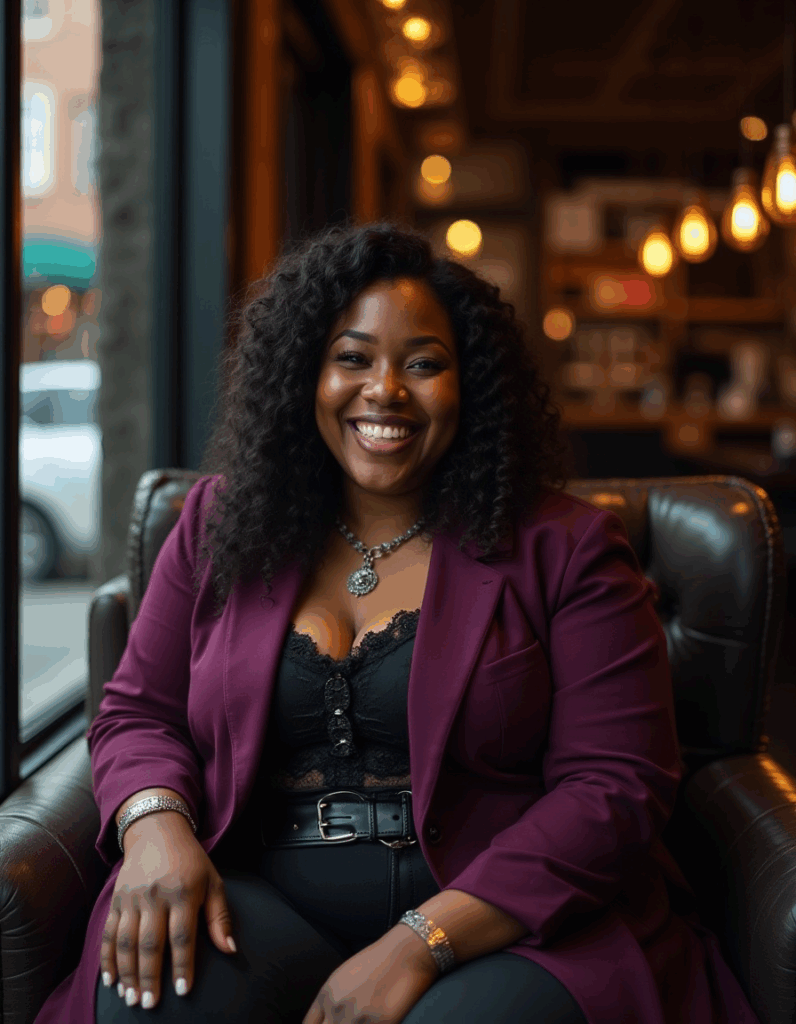
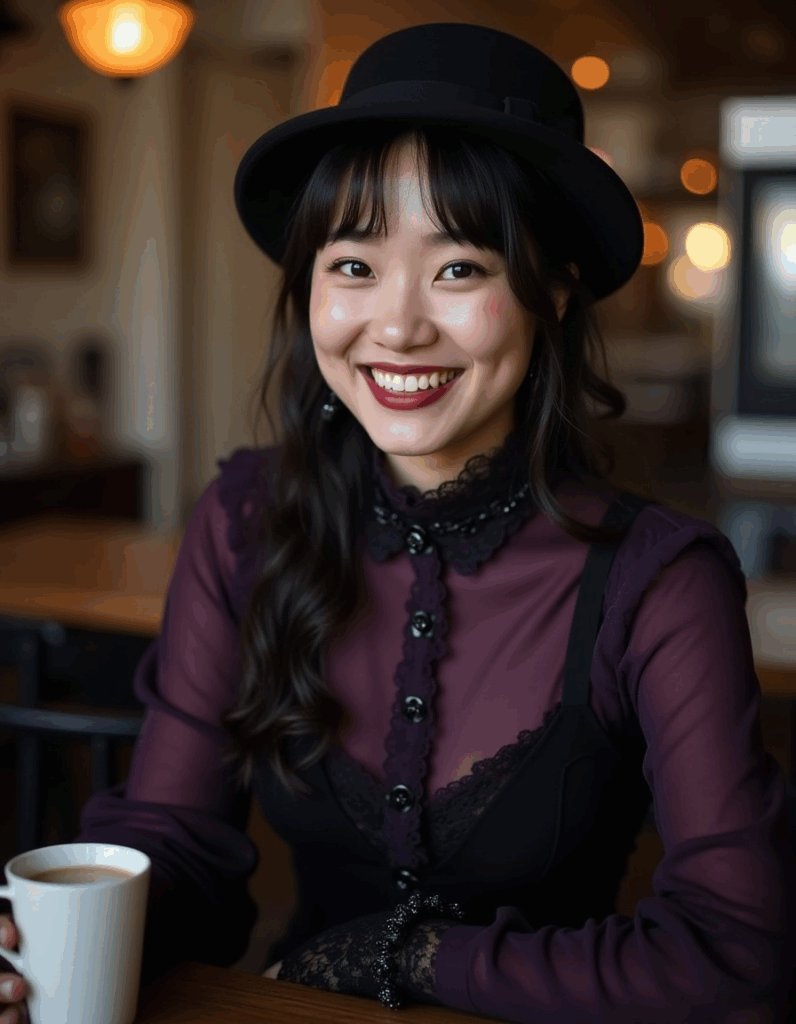

Modern Gothic Clothing
Contemporary gothic fashion is diverse, ranging from runway interpretations to everyday cozy styles. On one end, designers like Alexander McQueen and Rodarte have incorporated Gothic elements—such as lace, black veils, and corseted gowns—into high fashion. On the other hand, everyday gothic clothing blends accessible pieces into wardrobes, such as black turtlenecks, long coats, flowing skirts, velvet blazers, and lace tights.
Online, gothic fashion overlaps with other subcultures. Dark Academia emphasizes tweed and muted tones; Whimsigoth favours flowing, jewel-toned fabrics with celestial motifs. WitchTok outfits often feature flowing dresses, layered shawls, and jewelry with moon symbols. Pumpkin-core leans toward cozy sweaters in autumnal colours, paired with scarves and boots. Their gothic attention connects all to the aesthetic and detail.

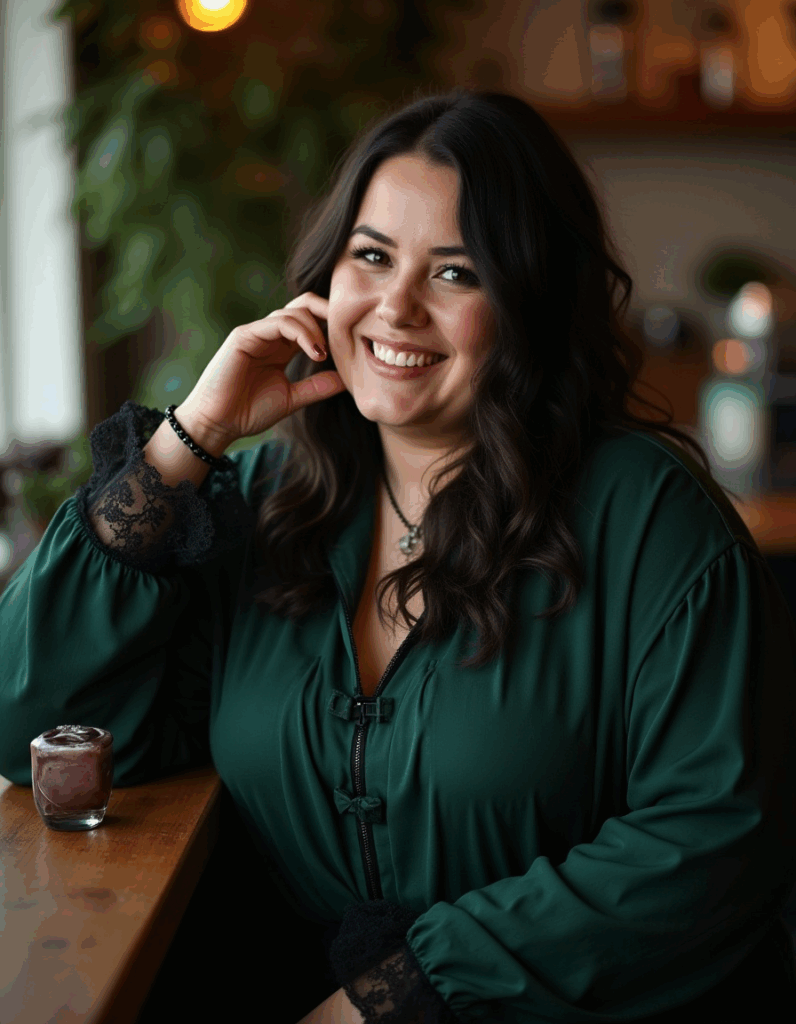
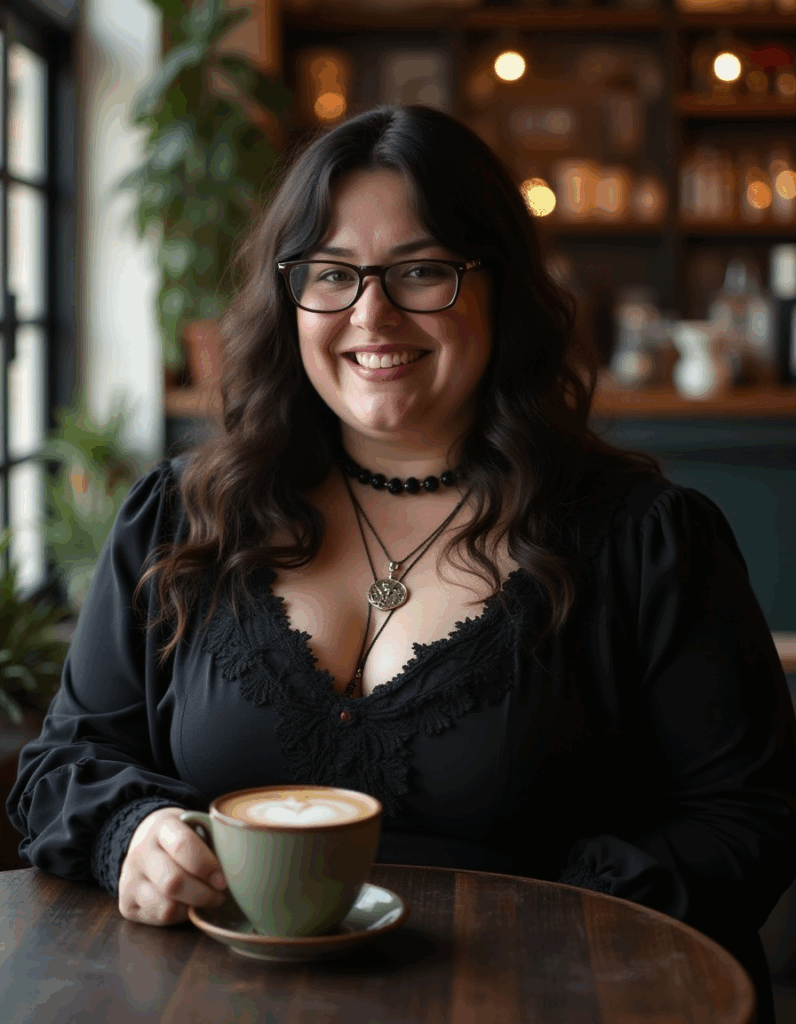
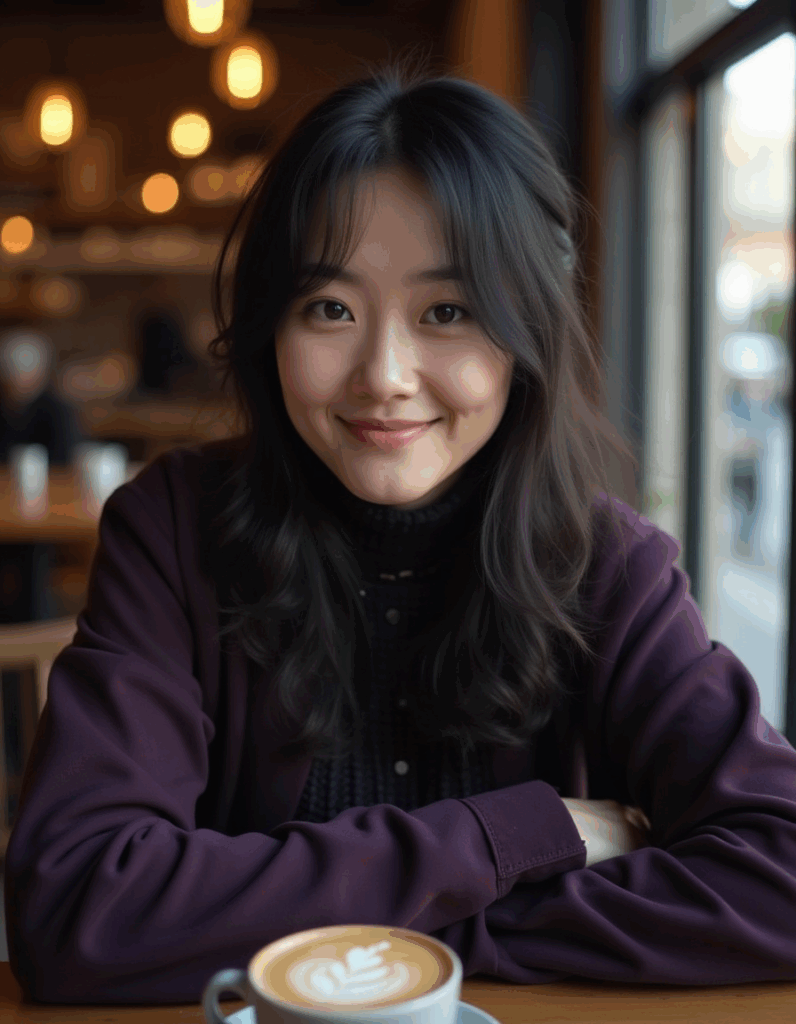
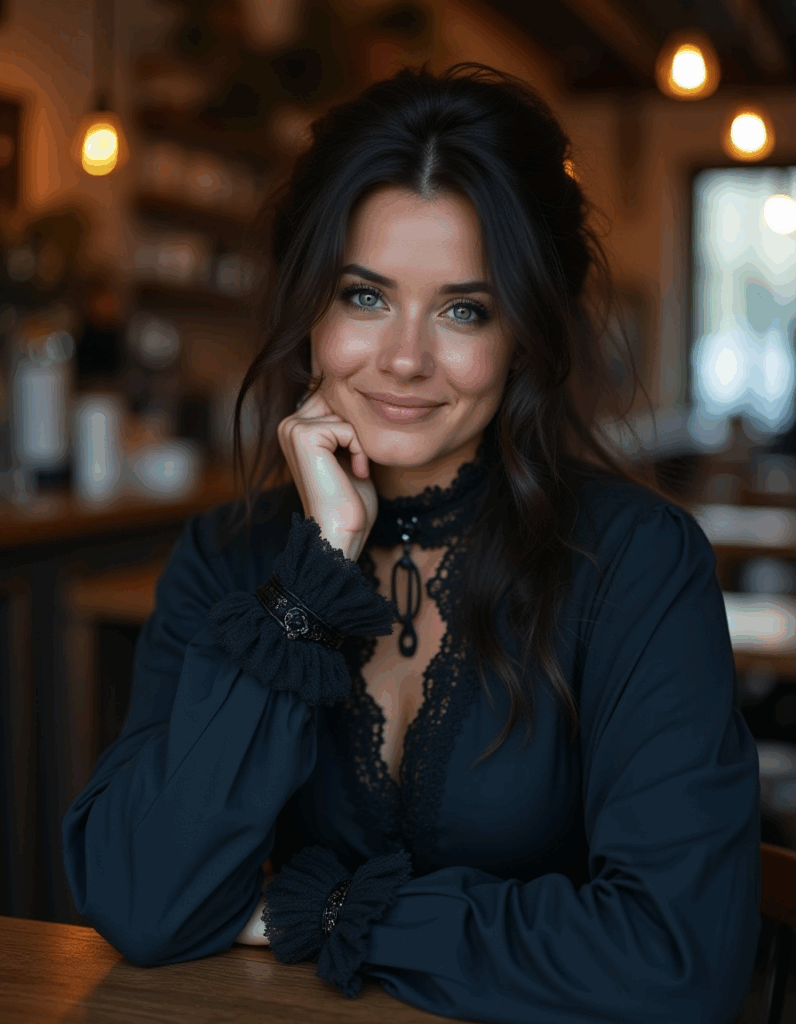
Fashion as Everyday Ritual
What makes gothic fashion so powerful is its ritual quality. Wearing a velvet dress, lace gloves, or a corset-inspired blouse is not just about getting dressed—it is about participating in a particular aesthetic. Like lighting a candle or decorating with pumpkins, gothic fashion is a way of transforming the ordinary into ceremony.
Clothing becomes mood. A lace blouse can make a modern café feel like a Victorian parlour. A velvet coat can turn a walk through autumn leaves into a gothic procession. A corset belt or dramatic sleeve can transform the body into a work of art. These are not costumes—they are extensions of identity, ways of living in an aesthetic.
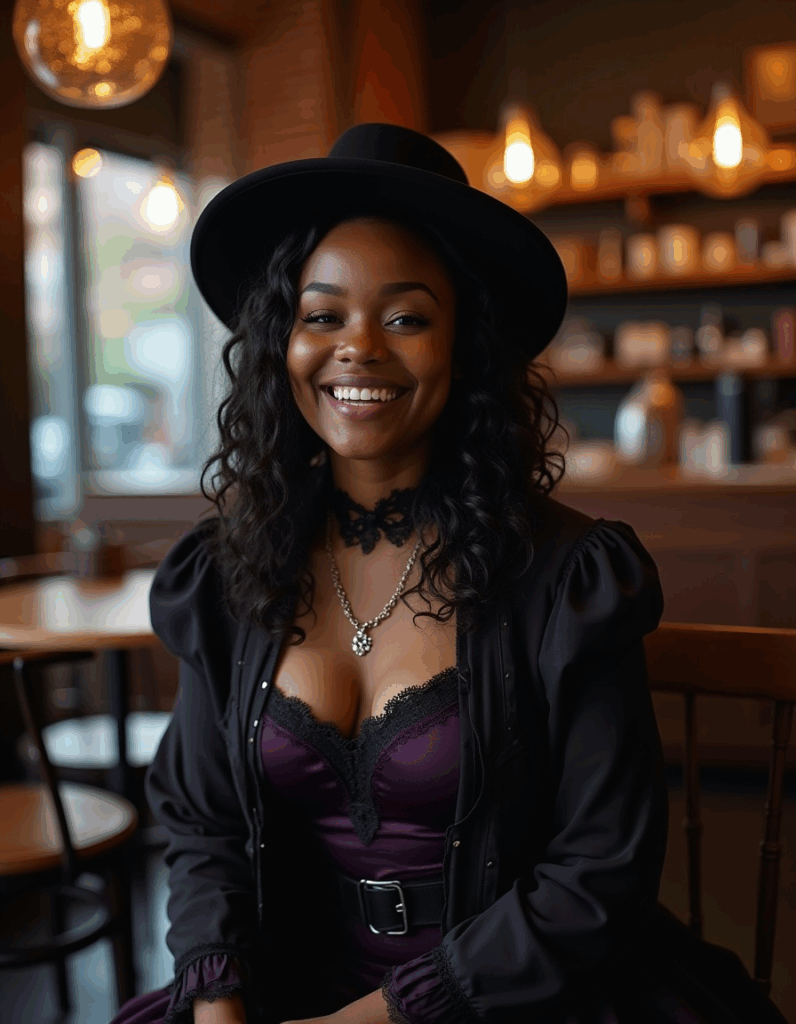

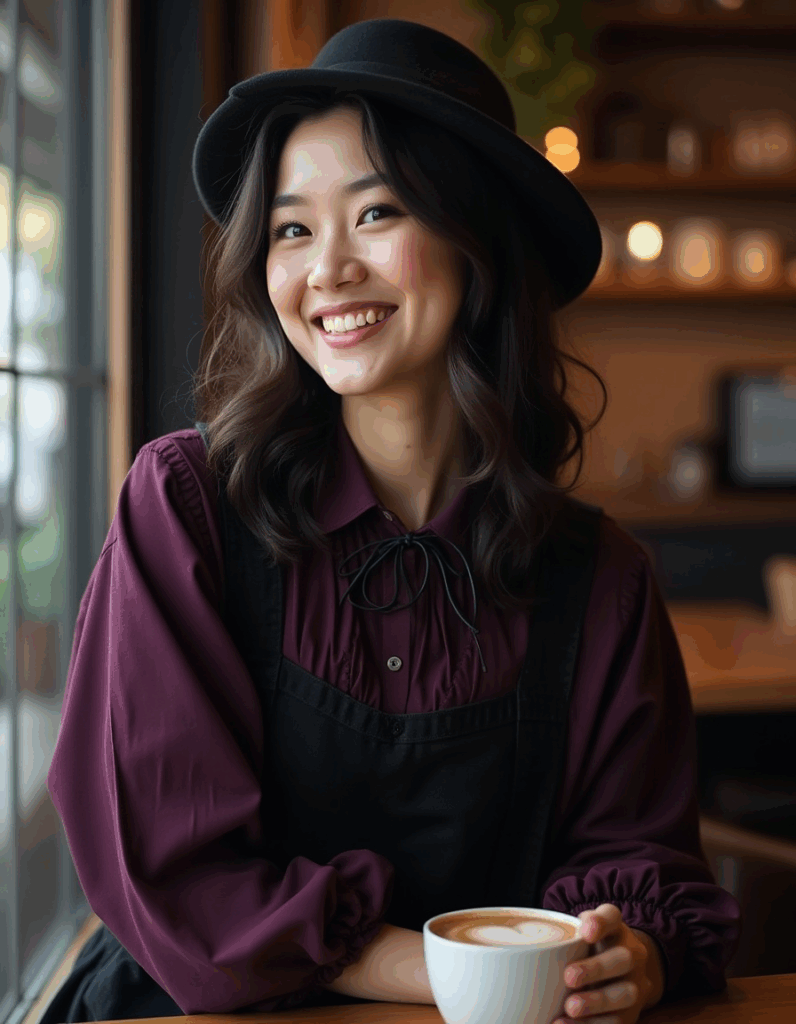
The Enduring Allure of Fashion with a Shadow
Gothic fashion endures because it is timeless. Lace, velvet, and corsets are not trends; they are languages of fabric. They communicate richness, ritual, and elegance across centuries. Whether in Victorian mourning attire, 1980s goth subculture, or today’s hybrid aesthetics, gothic fashion speaks the same truth: to wear gothic clothing is to embody the aesthetic. It is to say, with fabric and silhouette, that you choose elegance, mystery, and ritual in your daily life. It is fashion with a shadow—but also with warmth, richness, and timeless charm.
